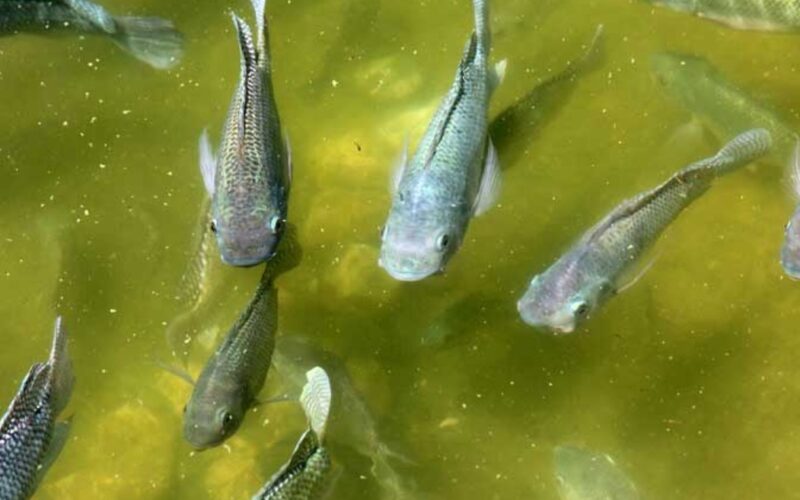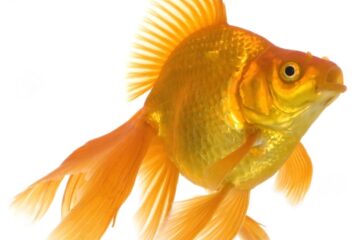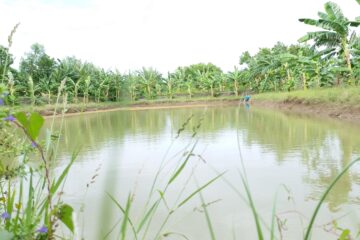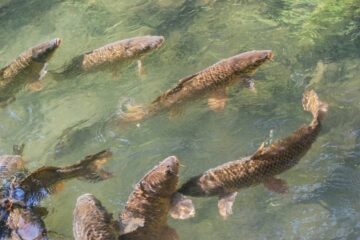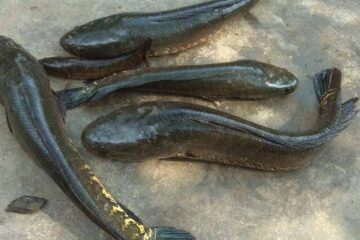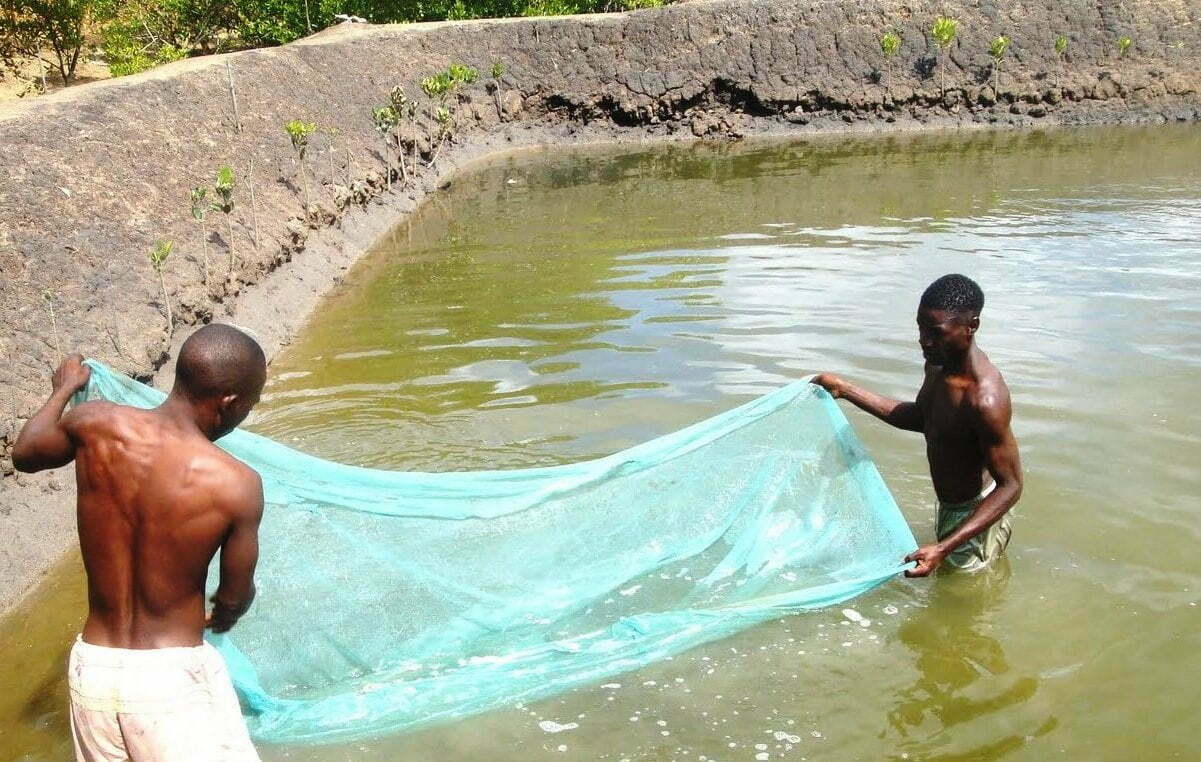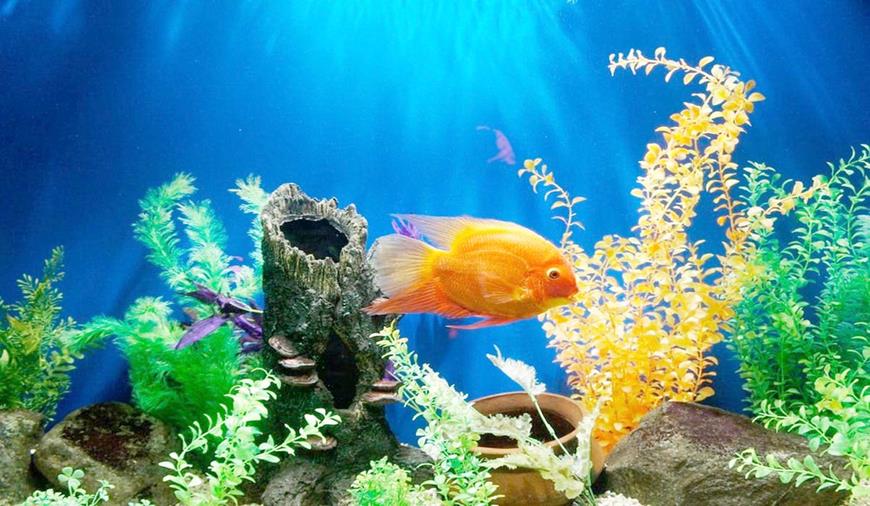Published in the May 2017 issue
Approximately 90% of India’s total freshwater fish farming comprises Indian major carp. Before stocking fish in ponds, factors like the cultivation period, water availability, feed quality, and expected weight must be considered.
Typically, it is common practice to stock fish fingerlings measuring 7 to 10 cm in length and grow them for ten months. This approach requires a waiting period until the fish mature and adequate water is available throughout this period.
However, if fingerlings that are 6 months to one year old and have restricted growth or stunted growth, measuring 15 to 20 cm or weighing 50 to 100 grams, are stocked, they can reach an average weight of 500 grams or more in just 3 to 5 months. These fish can be harvested within 5-6 months. The practice of growing stunted fingerlings in ponds is a recent development and offers quick benefits.
Advantages of Stunted Fingerlings
Indian major carps grow faster in the second year compared to the first year. They have a high survival rate and are less susceptible to diseases. Weak fingerlings may die quickly, but stunted fingerlings can tolerate the environment and grow well.
They grow rapidly and produce a high yield in a short period. In many seasonal water bodies, water is available for only 5-6 months, making stunted fingerlings a suitable option for successful fish farming.
Selection of Site and Pond Construction
Choose flat areas near water sources. Soil should be a mix of sand, loam, and clay. Each pond should be rectangular, covering an area of 0.1 to 0.5 hectares. The selected area should be well-drained and plowed.
Apply 500 kg of lime per hectare to maintain a pH level of 7.5 to 8.5. Use organic fertilizers like cow dung, poultry manure, or pig manure, and chemical fertilizers like urea and superphosphate to produce planktonic food. The water level should be maintained at 4-5 feet until the harvest period.
Stocking and Maintenance
Stock 5,000 to 8,000 fingerlings per hectare. The composition should be 30% Catla, 40% Rohu, and 30% Mrigal. The growth and survival of fish depend on the chemical and physical properties of the pond water. Continuously monitor dissolved oxygen, pH levels, and plankton production. Feed the fish twice daily with rice bran, oilcake, and groundnut cake at a rate of 3-5% of their body weight.
Harvesting Fish
Harvesting only marketable-sized fish increases fish production. Catch the well-grown fish and release small fish of the same species back into the water. This practice is profitable. Since the initial stocked fingerlings grow rapidly, catching them and replacing them with new fingerlings of the same species ensures continuous fish farming. Maintaining a pond with various age groups of fish and harvesting them continuously leads to better fish production.
Conclusion
Using stunted fingerlings in fish farming is a profitable practice. Fish farmers can benefit from growing stunted fingerlings even in ponds with a short water availability period. Therefore, fish farmers are encouraged to use stunted fingerlings for cultivation to achieve significant benefits.
Dr. K. Sivakumar, Dr. K. Velmurugan, Krishi Vigyan Kendra, Kattupakkam, Kanchipuram – 603 203.

